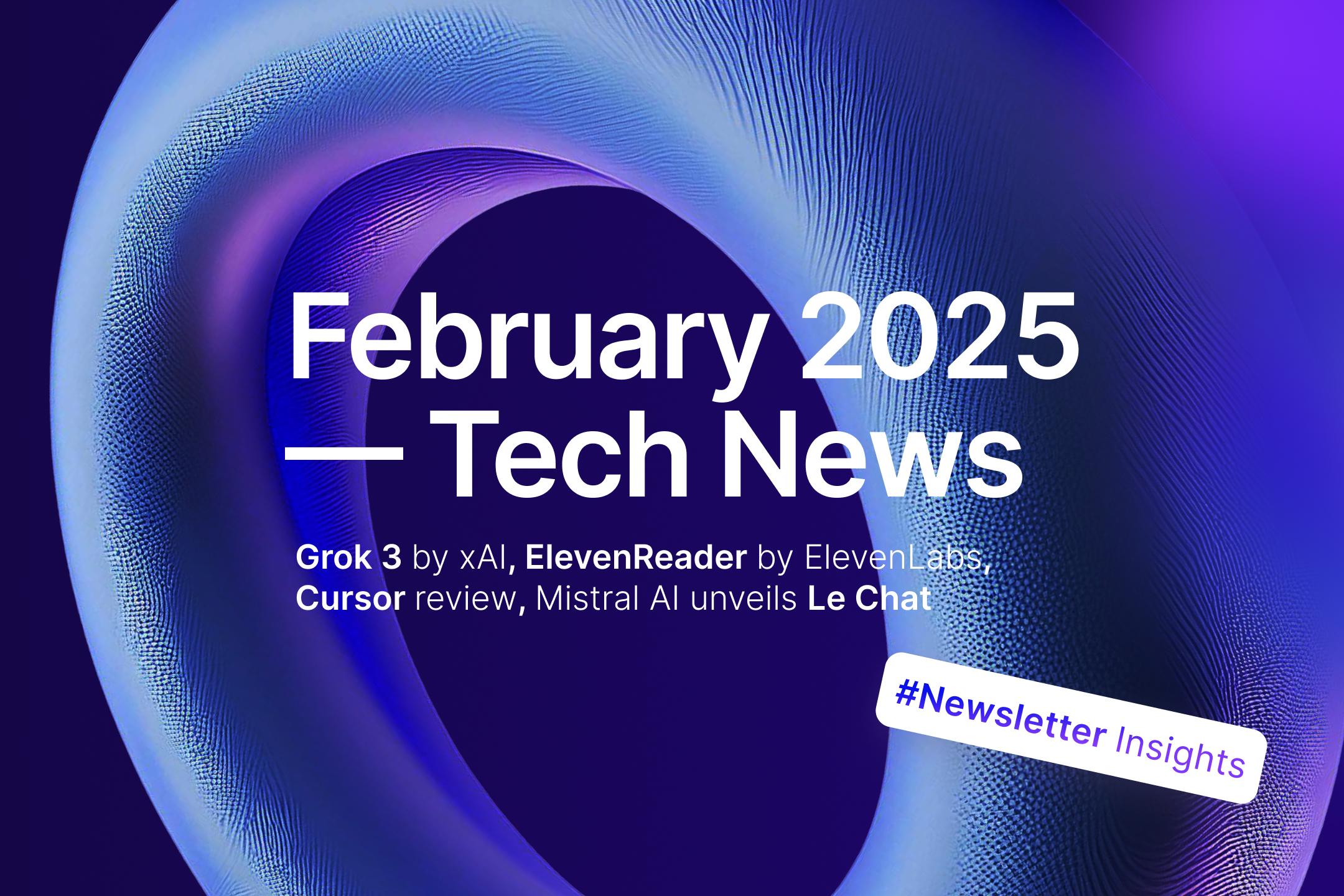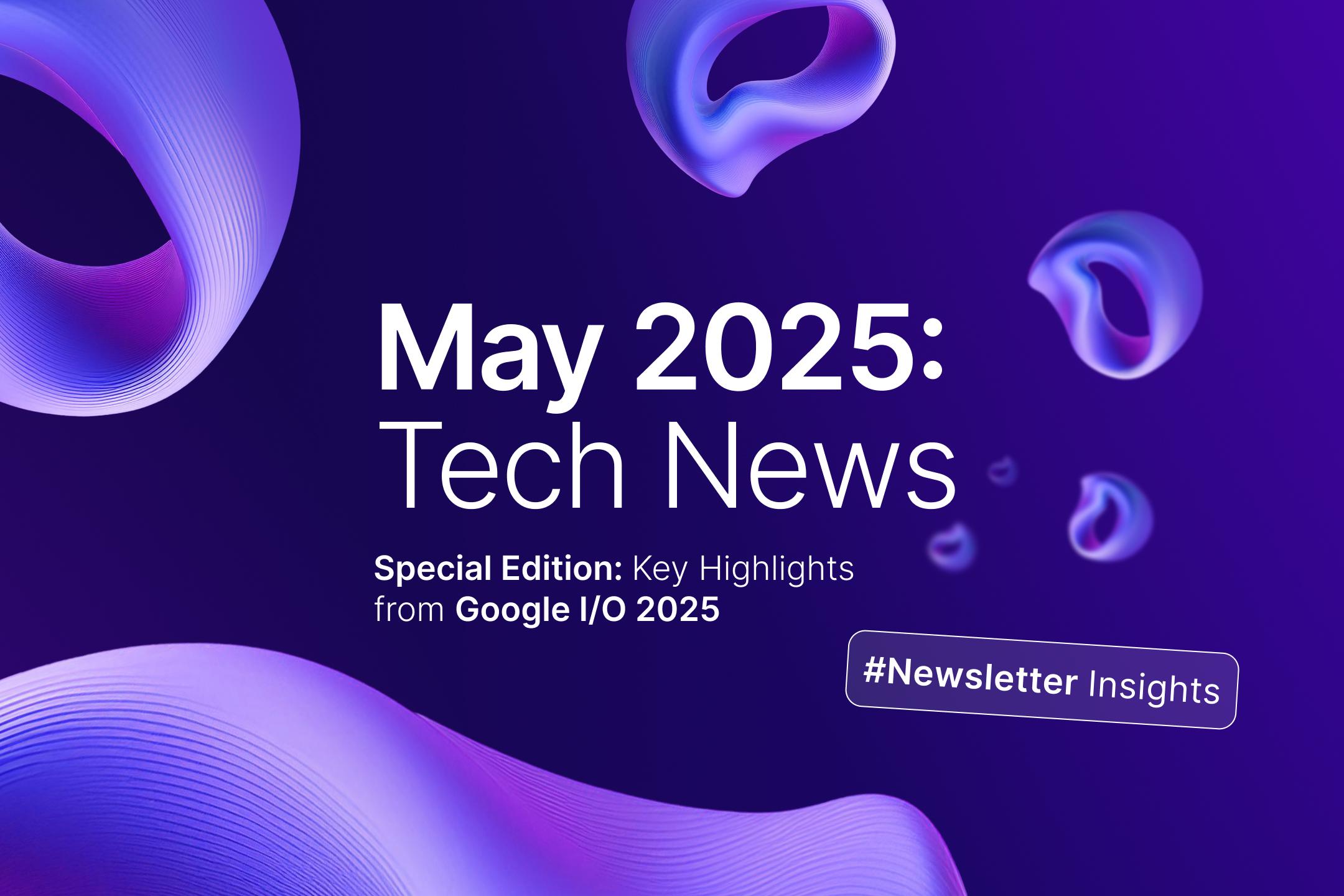
Being a Product Owner (PO) is a challenge that requires managing many aspects of the project, from understanding user needs to working with the development team. Especially in the MVP phases, it is worth balancing between what is necessary and what is unnecessary. However, there are essential tools that cost nothing, can improve the quality of your work, and make it much easier at the same time. In this article, we will look at several of the most critical tools, such as Jira, Miro and Chat GPT and how they helped me build digital products for German students and teachers.
Jira - Backlog and Task Board Management
Holly Jira, but I won't hide it - I like this tool. Maybe I'm old-fashioned, but I enjoy collaborating with teams in this particular tool. In the beginning, when building an MVP, the free version was completely sufficient for me! Why?
Because I could flexibly manage the development plan (so-called timeline). Jira's timeline uses the epic level to build a delivery plan. At first, I managed to create just a few epics (including login/registration epics, building the basic architecture, etc.). Still, as development work progressed, I learned more and more and eventually built a 4-month development plan (for both applications - teacher and student). This was great because I made sure that the most important screens and functionalities for both end-users would be delivered, tested, and working. What's more, the timeline function revealed to me the fact that it's worth starting development work by building an architecture and backend to get ahead of the frontend a bit - thanks to this, we built interfaces based on a working system and endpoints.
Because I could manage the backlog at the level of tasks and functions For me, the backlog is a sacred tool for every Product Owner. Properly organised, it supports the team, and introduces transparency and order instead of chaos. How did we organise it within the project?
-
Backlog as a list - and looking at it from above - there were tasks with the most significant degree of detail, which were refactored and ready for development. At the bottom of the backlog were tasks at an early stage of their preparation.
-
project scope in form of ticket types as the development team progressed, the backlog was supplemented with backend tickets, stories, bugs or extra change requests from the CEO, CTO and other stakeholders.
-
impact analysis - every time a new scope (sometimes more or less needed) was reported to the team - we tried to analyse its impact on the timeline and current priorities in the backlog.
Keeping the nice and clean backlog is not easy, but it is necessary if the Product Owner expects the development team to operate efficiently at the delivery stage.

Because I could order delivery on the Kanban board
For me, the Kanban board is a must and a standard tool for tracking tasks and communicating with the team. A good task board reflects the team's current work and helps rather than hinders. Therefore, our Kanban board has evolved, as the needs reported by, among others, the team have grown. We started from the level of "TO DO, IN PROGRESS, DONE" columns and ended up... on the Mendeleev board ;)

MIRO - visual collaboration and brainstorming
Miro is an interactive board that made it easier for me to visually present ideas and collaborate in real-time. Since our team worked entirely remotely, it was a challenge to work out solutions together. MIRO came to our aid.
-
Discovery and Research—If you red a previous article and learned what our Discovery phase looked like, you will know that all diagrams, User Personas, research results, Customer Journeys, and BMS were visualised and developed in MIRO.
-
Workshops and Brainstorming: Miro was primarily used in my work to plan new features and their early visualisation. For example: gamification logic in the student and teacher application. I visualised several scenarios for both end-users and carried out a requirements refinement, which was then used to create the final design and flows. In addition, our developers were also very keen to use it for their activities. For example, our Senior BE developer led Event Storming sessions in MIRO, thanks to which we learned the scope of necessary endpoints to prepare for the entire project.
-
Retrospectives and presentations at review meetings - Miro is very rich in templates, and I decided to transfer the process of conducting retrospectives and tracking actions from retro right there . My favorite retrospective is the 4L method - and it's great that I didn't need any additional external tool to conduct it.

Going further into experimenting with MIRO, I also decided to check the slide-show function - I used it to present the results of increments at a review meeting. But here, honestly? I would go for simpler tools like Google Presentations or Canva :)
ChatGPT - my personal advisor
Last but not least - ChatGPT. There is so much talk about genAI in products and projects, but I personally had a hard time getting used to this new reality. However, I managed to find a practical application for ChatGPT in my work as a Product Owner. What did I do with this tool?
-
I planned meetings - the structure, flows, timeboxes and Agendas e.g Review Meetings. ChatGPT gave me also insights on how to engage programmers and stakeholders so we could conclude any assumptions and key points from discussions
-
I looked for statistical data - ChatGPT came in handy during the discovery phase when I validated various data and statistics regarding the education industry in Germany. And so, among other things, I learned that the most popular age group among young people are children aged 6 to 14, and German schools have problems accessing wifi and working equipment. So I adjusted the strategies of both products (teacher and student) with additional assumptions: the age of end-users and the need to design the flow of the feedback and self-assessment process so that it meets its goals both remotely (on users' private devices) and at school (on, e.g. a school tablet).
Summary
Creating an MVP, which is really two products, requires managing many tasks and collaborating with various specialists. Although I built products from scratch and didn't need advanced tools to start with, without Miro, Jira and ChatuGPT, everything would have taken me longer, and the quality of my work as a Product Owner would have been questionable.


